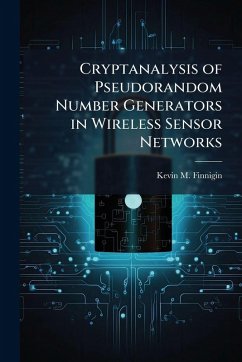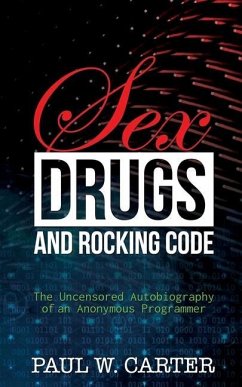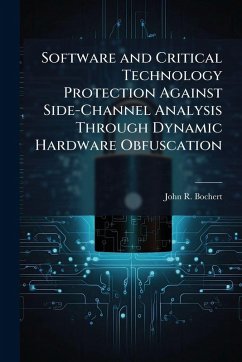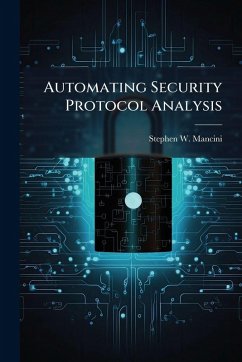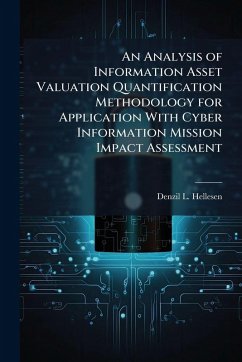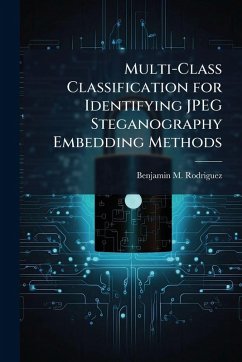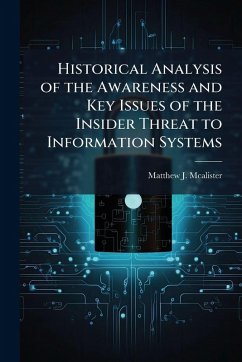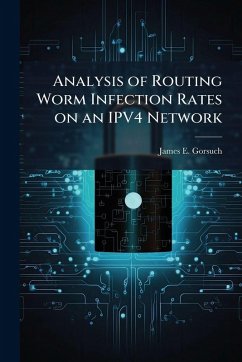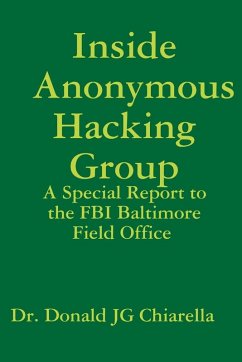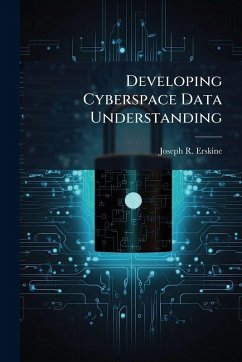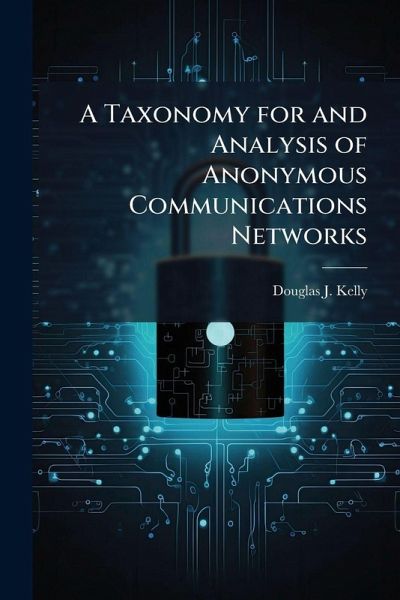
A Taxonomy for and Analysis of Anonymous Communications Networks

PAYBACK Punkte
11 °P sammeln!
Any entity operating in cyberspace is susceptible to debilitating attacks. With cyber attacks intended to gather intelligence and disrupt communications rapidly replacing the threat of conventional and nuclear attacks, a new age of warfare is at hand. In 2003, the United States acknowledged that the speed and anonymity of cyber attacks makes distinguishing among the actions of terrorists, criminals, and nation states difficult. Even President Obama's Cybersecurity Chief-elect feels challenged by the increasing sophistication of cyber attacks. Indeed, the rising quantity and ubiquity of new sur...
Any entity operating in cyberspace is susceptible to debilitating attacks. With cyber attacks intended to gather intelligence and disrupt communications rapidly replacing the threat of conventional and nuclear attacks, a new age of warfare is at hand. In 2003, the United States acknowledged that the speed and anonymity of cyber attacks makes distinguishing among the actions of terrorists, criminals, and nation states difficult. Even President Obama's Cybersecurity Chief-elect feels challenged by the increasing sophistication of cyber attacks. Indeed, the rising quantity and ubiquity of new surveillance technologies in cyberspace enables instant, undetectable, and unsolicited information collection about entities. Hence, anonymity and privacy are becoming increasingly important issues. This work has been selected by scholars as being culturally important, and is part of the knowledge base of civilization as we know it. This work was reproduced from the original artifact, and remains as true to the original work as possible. Therefore, you will see the original copyright references, library stamps (as most of these works have been housed in our most important libraries around the world), and other notations in the work. This work is in the public domain in the United States of America, and possibly other nations. Within the United States, you may freely copy and distribute this work, as no entity (individual or corporate) has a copyright on the body of the work. As a reproduction of a historical artifact, this work may contain missing or blurred pages, poor pictures, errant marks, etc. Scholars believe, and we concur, that this work is important enough to be preserved, reproduced, and made generally available to the public. We appreciate your support of the preservation process, and thank you for being an important part of keeping this knowledge alive and relevant.



